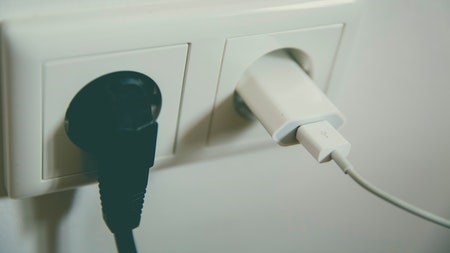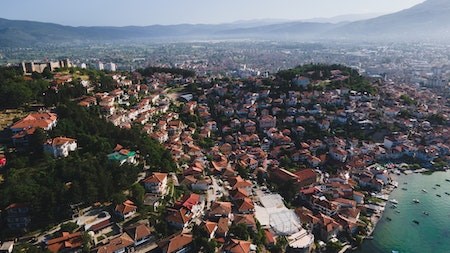Electricity is a precious resource which is responsible for powering commercial and household electrical appliances and facilities. It’s safe to say that air, water and electrical energy are key factors for human survival and the smooth running of households and business enterprises.
How is power generated and distributed to be accessed by plugs?
For many people, their knowledge and appreciation of electrical energy starts and stops at the flip of a switch or plugging in an electrical appliance. It’s worth noting that the switch and plug are a by-product of a long and intricate process which sees electricity being generated at a power station by huge generators except with solar powered homes and buildings which depend on solar panels mounted on top of the building.
This electrical energy is then sent through transformers to increase its voltage in readiness to be sent through transmission lines. From transmission lines, electrical energy is deposited into substations where the voltage is lowered and then sent through transmission lines into local neighbourhoods where it passes through a meter for consumption measurements. This energy then goes through the service panel mounted in a household where breakers or fuses protect the wires inside your house from being overloaded. From the service panel, electricity gets channelled to sockets where electrical appliances can be plugged in for use.
What’s the purpose of a plug?
The primary responsibility of wall plugs is to allow electrical equipment in the form of electric tools, light industrial electrical equipment, office equipment to be connected to the electrical grid. This movable male connector with protruding pins facilitates the flow of electricity by matching the openings and female contacts in a buildings socket.
Which plugs do people use in South Africa?
In South Africa, plugs such as the three pins also known as the SANS164-1 were adopted from the British in the 1950s. South Africa's electricity standards are of British derivation because of its history as a former British colony. These three pin plugs are however limited and can’t accommodate modern technological developments such as phone chargers. In 2018 through the leadership of the South African Bureau of Standards (SABS), the country has recommended the use of SANS 164-2 plugs. The SANS 164-2 plug still has 3 pins, its similar to the current thin 2-pin (European) plugs but its more compact with different pin dimensions. By law, all electrical installations must comply by including at least one socket outlet which complies with SANS 164:2. The (SANS 164:1) will in the meantime definitely go through years of being phased out.
Types of plugs you need to know?
Apart from the recent standards and legislative changes, there are three plug types generally associated with South Africa. These are C, D, M and N.
C - Plug C is known as Europlug and can best be described as unpolarised with two round prongs.
D – Plug type D is associated with the history of South Africa being a British colony. This type of plug has three large round pins in a triangular pattern.
M and N – M and N plug types are very similar because they have three round prongs that form a triangle.
Electrical wire and plug colours
Plugs are connected to three electrical wire colours. These are green and yellow, brown and blue. Green and yellow represents earth wire at the top of the plug. Brown represents the live wire on the right and blue is the neutral wire which sits on the left. Standard plug colours are therefore green and yellow, brown and blue.
How should plugs be wired?
The best way to wire plugs as recommended by South Africa’s premier energy supplier Eskom is to:
Start by neatly baring the wires by removing plastic insulation
Fold the strands
Remove the plug cover by unscrewing
Insert bare wires into the holes in the pins, as you do this pay particular to the wire insulator colours. Green and yellow goes into top pin, blue is inserted on the left and the brown colour goes into the right pin.
Once that is done, you can tighten the screws with the electrical cord properly gripped by arrestor clips, then you can replace the cover of the plug.
To learn more about how to do plug wiring, you can watch this video. https://www.youtube.com/watch?v=jqfsUGhAX9k
Plugs play a critical role in the delivery of electrical energy. Knowing the role they play, the types and how to wire them is therefore vitally important.




